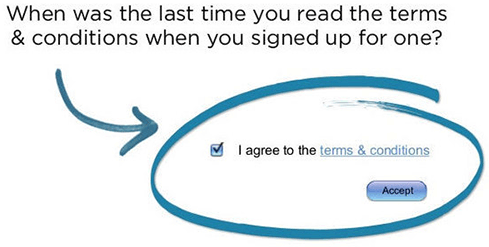01:21 PM
Allianz Phones Homes
It was almost quitting time on September 11, 2006, at the Stamford, Conn. office of Allianz Global Investors when, at approximately 4 p.m., an oil pipe at neighboring Sprague Energy burst, setting into motion Allianz's business continuity plan.
The 30,000-gallon oil leak threatened to derail operations of the Stamford office, where Allianz directs client calls to its toll free phone number to the sales desk. Fortunately for Allianz, the firm had, at the beginning of the year, put into place AlertFind, an emergency contact system from MessageOne (Austin, Texas), knowing that it could not afford to lose the business from these calls.
Prior to implementing AlertFind, in the event of a disaster the Allianz's emergency management committee, with representatives from each of the firm's divisions, would execute the call tree. Contact details for every employee were stored in spreadsheets that had to be manually updated in order to preserve the effectiveness of the procedure.
"That's a lot of time and effort put into [executing a call tree] by an individual -- usually an individual who is better off doing other things, like managing the emergency," notes Alex Tabb, managing director, crisis and continuity services at TABB Group (Westborough, Mass.).
When the City of Stamford and the Connecticut Department of Environmental Protection (DEP) analyzed the air quality around the oil leak, Allianz' office of 125 people were asked to evacuate and the following morning were instructed by the DEP not to return to the building. It was then that Frank Garofalo, VP, systems security and availability initiated the AlertFind system.
AlertFind is integrated with the firm's PeopleSoft database and automatically uses that human resources contact information, including home phone number, cellular phone number, corporate number, and corporate e-mail address to distribute a message to all or any segment of employees. According to Garofalo, the Stamford office workers and 60 home users were sent prerecorded instructions through multiple channels.
"We sent [an instructional message] to everybody's corporate e-mail and corporate cell phone simultaneously and then escalated it to other devices," he explains. "If they didn't respond or acknowledge on one of those, the system waited a few minutes and then sent it to their personal cell phone, and if they didn't respond to that in a few minutes, we sent it to their home phone."
Ten of those workers were instructed to report to the New York Allianz office where sales desk calls were rerouted and handled while the Stamford office was closed. The rest were told to stay home.
The key to the effectiveness of the AlertFind system, explains Garofalo, is the ability for the recipient to acknowledge the message. With this feature, Garofalo was able to ensure a high success rate.
Over the course of the event, Allianz sent four messages to the Stamford office workers, with over 100 people responding to each in less than 30 minutes.
Despite the effectiveness of the AlertFind system during the oil spill emergency, "call blasting" systems, says Tabb, are far from perfect. "It's not a panacea. It doesn't cure everything. It creates challenges while the same time solving them."
For instance, while AlertFind alleviates the need to manage multiple spreadsheets of contact information, even it's integration with PeopleSoft lends itself to flaws, as PeopleSoft itself must be managed and AlertFind's effectiveness relies on the database's accuracy. Even Garofalo admits that a small handful of people showed up at the Stamford location "because they were new employees."




















